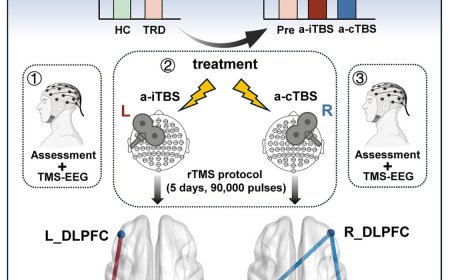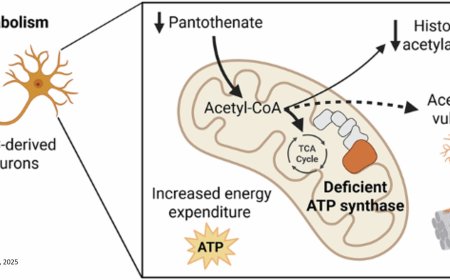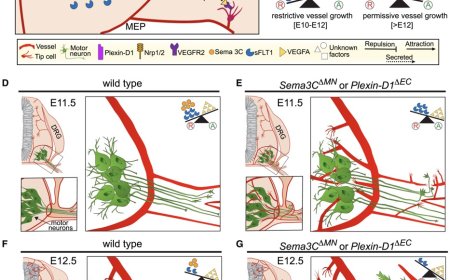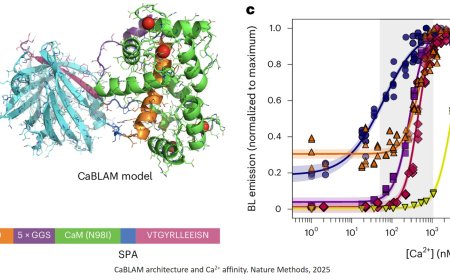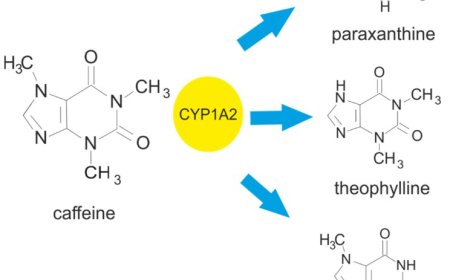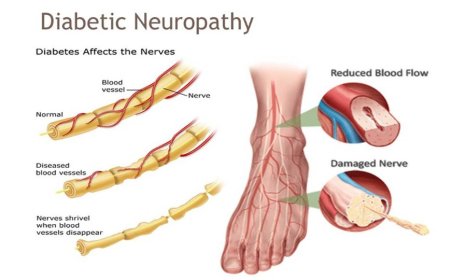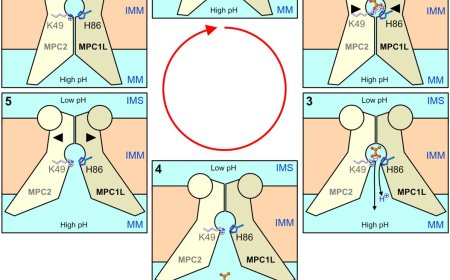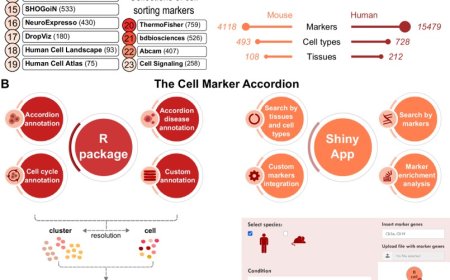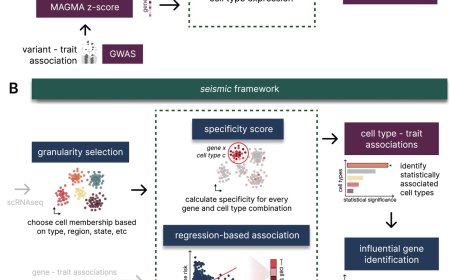Injected fibroblasts transform to give thin skin a tough new identity
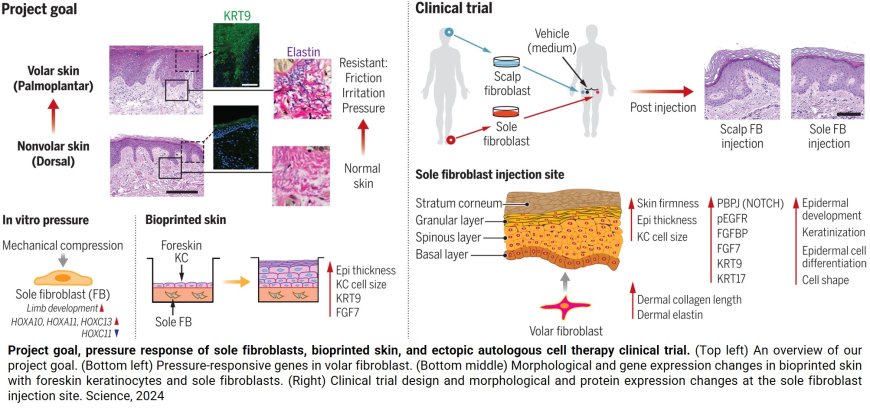
The thick and tough skin on our palms and soles, called volar skin, stands up well under high-pressure conditions. This type of skin would be welcome on the limb stumps of amputees, since these points of contact with prostheses are covered in thin, non-volar skin that can be damaged over time.
Now, the researchers demonstrate that an injection of volar fibroblasts into non-volar skin in a group of human volunteers can promote volar features in the thin skin that last up to five months.
Volar fibroblasts showed higher proliferation and migration rates compared with nonvolar fibroblasts. The higher migration rate of volar fibroblasts was characterized by a distinctive slingshot movement not modified by static (continuous) pressure treatment.
Dynamic (on and off) pressure treatment highlighted distinct gene expression changes in volar versus nonvolar fibroblasts, including particular HOX genes. Volar fibroblasts in bioprinted skin induced volar features in nonvolar epidermis, such as greater epidermal thickness, larger keratinocyte size, and increased amounts of KRT9 and FGF7 proteins.
Similarly to the results observed with bioprinted skin, a clinical trial in which human volunteers received injections of ectopic autologous sole fibroblasts into nonvolar skin confirmed modified volar features in the nonvolar skin. These features included increased skin firmness, greater epidermal thickness, larger keratinocyte size, longer dermal collagen fiber length, increased dermal elastin expression, and elevated expressions of KRT9, KRT17, pEGFR (Y1068), FGFBP1, FGF7, and RBPJ proteins.
Single-cell transcriptomic analysis further confirmed gene expression modifications associated with epidermal development, keratinization, epidermal cell differentiation, and cell shape at sole fibroblast injection sites 2 weeks to 17 months after injection.
Spatial transcriptomics confirmed single-cell RNA sequencing to detect the stable engraftment of ectopic volar fibroblast population.
Based on their analysis, the authors are now enrolling amputees in a phase 2 clinical trial to further explore volar fibroblasts as a future therapy for treating pressure-caused skin damage.
In the United States, more than 1.7 million people have lost limbs, most often from trauma, diabetes or vasculopathy, and may be reluctant to wear prostheses due to pain or skin breakdown.
https://www.science.org/doi/10.1126/science.adi1650
https://sciencemission.ayurmatrika.com/The-use-of-ectopic-volar-fibroblasts-to-modify-skin-identity
